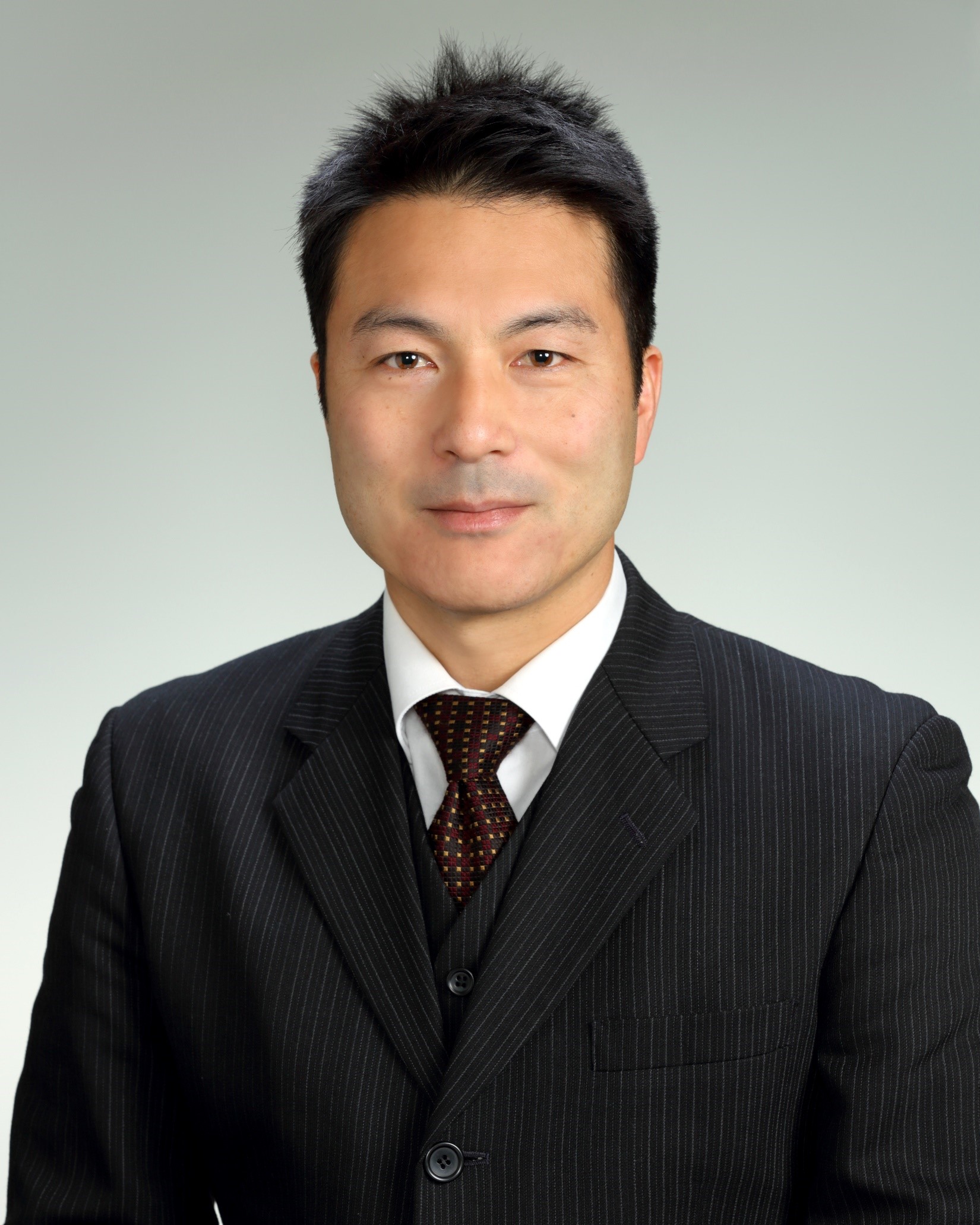Greeting
Greeting

– Create a Dream to the Future –
for Advanced Materials (CRDAM)
Prof. Hidemi KATO
In 1987, the Institute for Materials Research (IMR) was reorganized into a national collaborative research institute, and founded “Laboratory for Development Research of Advanced Materials (LDRAM)” to aim for development of new materials contributing to technological innovations in the 21st century. The center was renamed as “Advanced Research Center of Metallic Glasses (ARCMG)” in 2005, and there was extensive progress on bulk metallic glasses and nanocrystalline soft magnetic materials. In 2013, the center was renamed again as “Cooperative Research and Development Center for Advanced Materials (CRDAM)”, and improved the support system by arranging the staff and equipment. Meanwhile, the center has contributed to the development of material community by releasing equipment for the material production, evaluation and analysis, to the material scientists. In 2004, the Japanese national university became an independent administrative agency under a self-responsible management, and each university aims for activities based on its special characteristics. Turning attention to research, the role of the center has been increasing, because collaboration with related researchers has been recognized as an effective approach for innovative research. In 2018, Global Institute for Materials Research Tohoku (GIMRT) of IMR was certified as “the International Joint Usage/Research Center” in Materials Science by the Ministry of Education, Culture, Sports, Science and Technology (MEXT). IMR welcomes visitors from home and abroad, and conducts collaborative research by providing knowledge of material science and laboratory equipment.
We, all the staff members of CRDAM, also keep contributing to progress of materials science research and providing further support for the research community in collaboration with other research divisions/centers in IMR. Your understanding, support and advice for development of CRDAM are sincerely appreciated.
